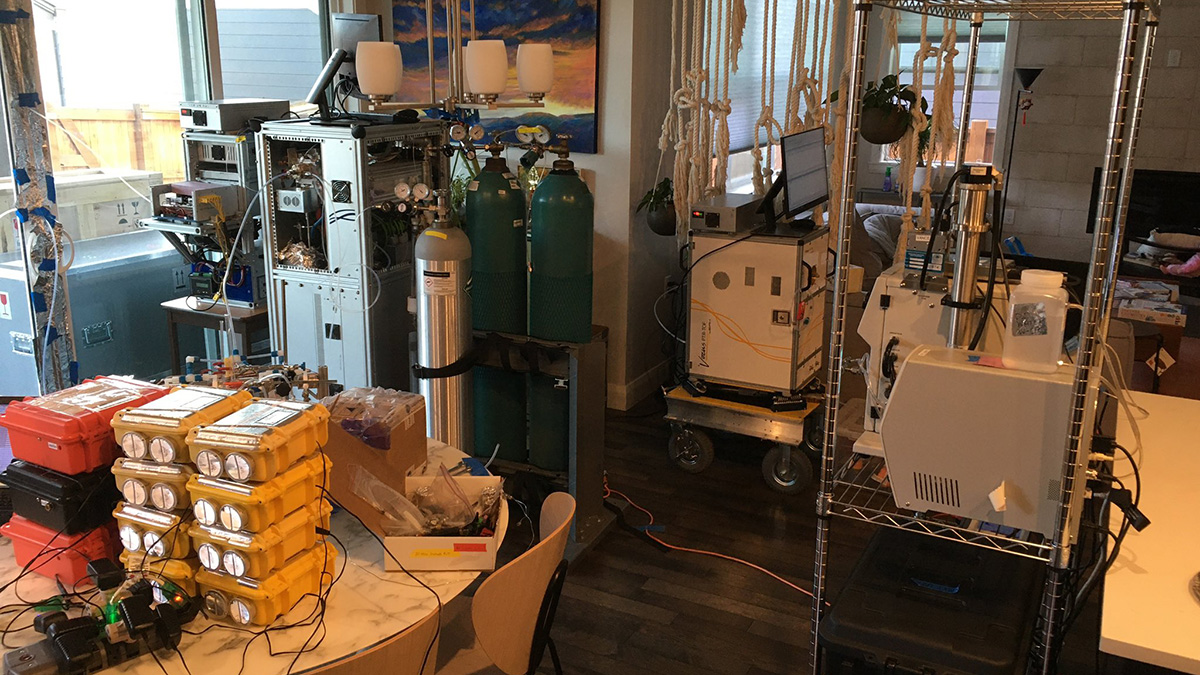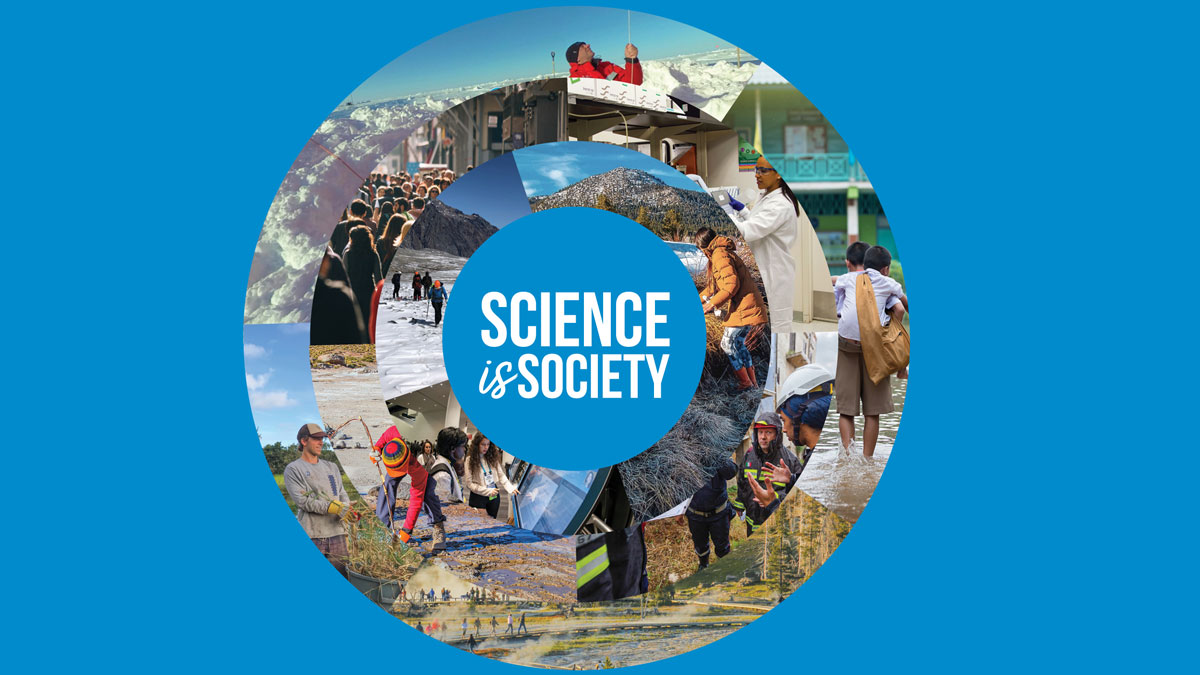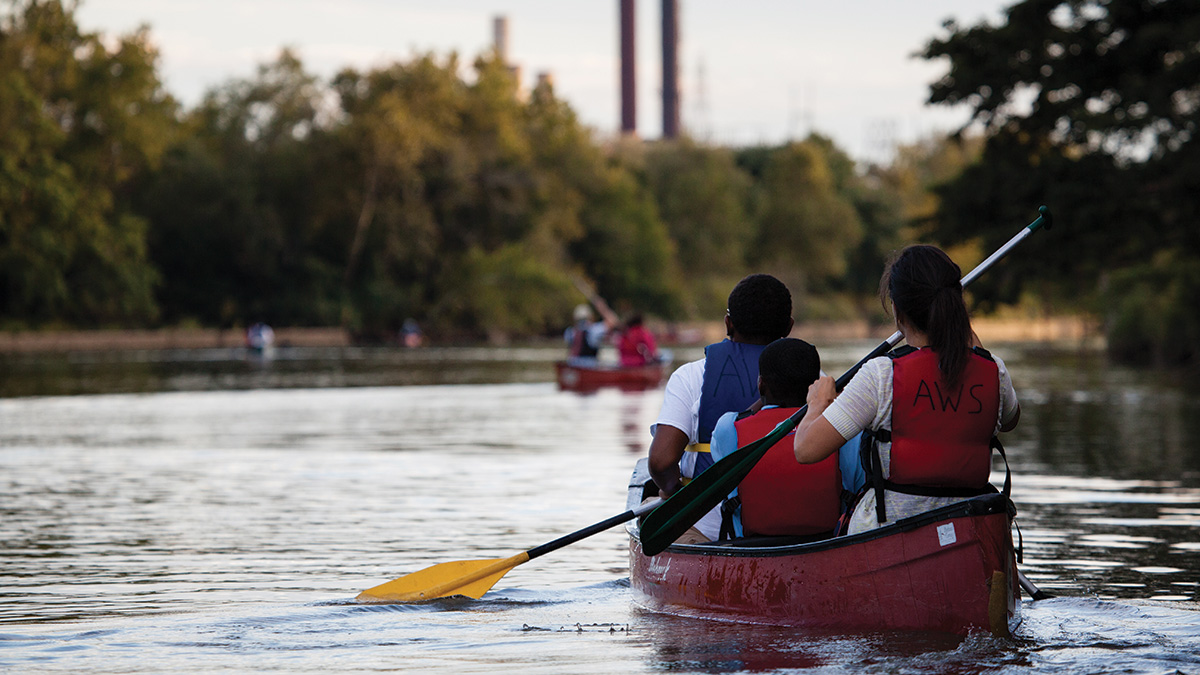Amateur radio observations provide a new method for studying large-scale ionospheric disturbances and HF communication impacts, and are important applications in ionospheric space weather monitoring.
crowdsourced science
At-Home Astronomers Help Discover a New, Unique Exoplanet
Amateur astronomers sifting through NASA’s public data uncovered a long-orbit gas giant that could help scientists understand how these planets form.
A Simple Model Predicts Household Lead Exposure Risk
Using both sample data and crowdsourced science, a new model effectively identified houses at risk for higher concentrations of lead.
Crowdsourced Science Helps Monitor Air Quality in Smoke-Damaged Homes
Researchers collaborate with residents to measure airborne chemicals in homes and evaluate how clean the air really is after remediation from Colorado’s Marshall Fire.
Magnetic Stop Signs Show Birds the Way Home
Just like salmon and sea turtles, these songbirds appear to be sensitive to shifts in the magnetic field.
Drones and Crowdsourced Science Aid Great Lakes Data Collection
Important data collection can aid coastal monitoring and management.
Crowdsourced Science Helps Map Vancouver’s “Smellscape”
Exposure to stinky odors can affect human health, but quantifying smells can be difficult.
Knowledge Brings Us Together
In our special double end-of-year issue, Eos looks at how scientists and communities partner to find answers to our toughest problems.
The Capital’s Waterways Could Be Swimmable by 2030
Scientists, community groups, and the Clean Water Act are behind Washington, D.C.’s massive project to reduce combined sewer overflows by 96%.










